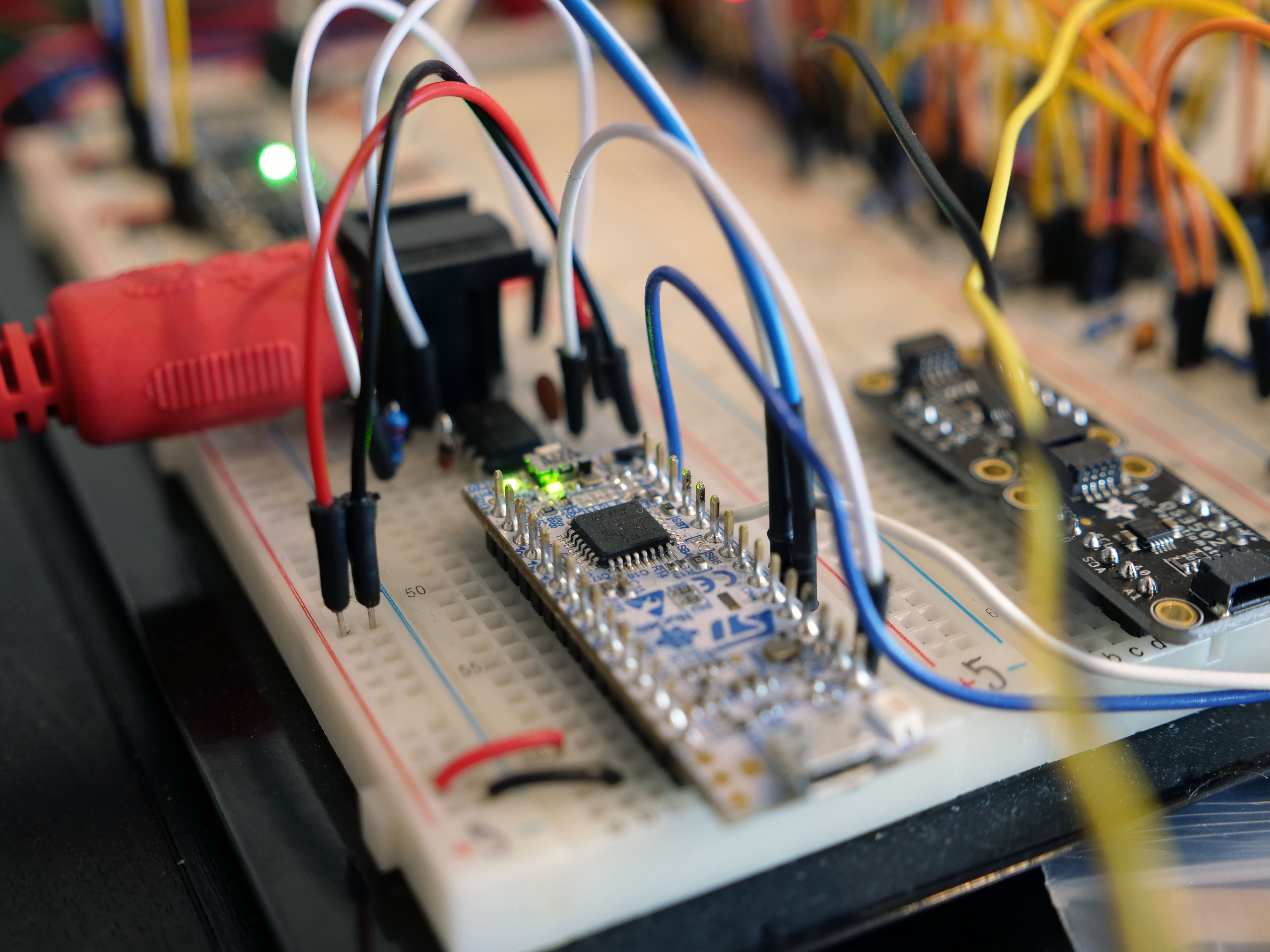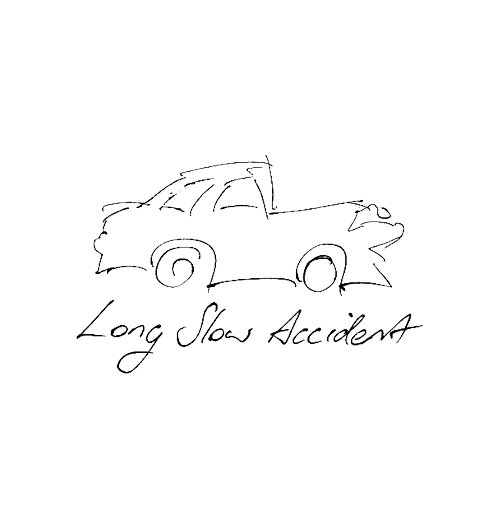I'm an amateur musician — amateur with a capital A! It's my creative outlet; my way of losing myself in a creative process that helps keep me focussed, sane and relieves stress. It's also been an unexpectedly great way to bond with people over this shared joy for creating music. I learned to play guitar, bass guitar and drums many, many years ago. While I still enjoy picking up the guitar and playing it, my taste and creativity has been more aligned with electronic music.
Electronic musical instruments — synthesizers, drum machines, samplers, etc — appeal to me not just because of the wide pallet of sounds that can be produced but also because the technology behind them is approachable for me. Whether it be the circuitry in an analog or digital physical device or the software code driving the digital signal processing in a software instrument, those are things I get. More importantly, those are things I know how to create. During the COVID-19 lock down I started work in my spare time on building an analog synthesizer. The idea was to create a bass synthesizer that used two voices, a sub-oscillator and a noise generator combined with filters and amplifiers to create a usable, playable, MIDI driven musical instrument. Progress on this endeavor, to take it from breadboard prototype to PCB to finished product is being streamed live almost daily now via Twitch.
The completed prototype of this synthesizer took 10 breadboard strips and contains 2 x CEM3340 oscillators, a CD4013 sub-oscillator, 4 x AS3310 Envelope Generators, 4 x AS3320 Voltage Controlled Filters and no less than 6 x V2164D voltage controlled amplifiers. There's also a STM32 G431 micro controller, a few MCP4728 Digital-to-Analog converters to drive control voltages and the glorious Spin Semiconductors FV-1 programmable DSP for reverb and other effects.




Shortly before I left California, I finished composing and recording the material for what would become my second album: Exit Mesa. This album uses a combination of electronic instruments, hardware and software, combined with guitar parts recorded live. Mixed and edited on many flights between Sydney and San Francisco, and finally finished once I'd found my feet again in Sydney, “Exit Mesa” was released in early 2019. The performance name is was released under “Strollfold” is a combination of the two working titles for the album “Strolling off the Mesa” and “Fold”, which after being written many times on my to-do list became increasingly shortened to “Work on Stroll & Fold”, and eventually “Strollfold” became the name that stuck.
Ableton was the DAW of choice for this project, and the sounds were primary from an Arturia Matrix Brute, Roland Juno 106, Roland TR8-S drum machine, Access Virus TI2, and a host of software instruments from Arturia, Xfer Records (Serum) and Native Instruments.
Listen to Exit Mesa on Apple Music, Spotify, Amazon and other services.

Way back in 2005, over the Christmas and New Year holiday break, I locked myself with a bunch of guitars, a bass guitar, a laptop and a drum machine. The result was this album: Long, Slow Accident. Unlike Exit Mesa, this album is very guitar driven and more alternative rock. This was before the electronic influences took over. If I remember at the time I also had a Roland JP8000 keyboard and an Akai MPC2000 but they just didn't gel with me and I ended up selling them soon after I made this album.
The main guitar used on most tracks is the one guitar I still have with me from this time, my 1964 Fender Jazzmaster. Some tracks also used a 1974 Fender Thinline Deluxe that I had at the time but sold before moving to the US. The acoustic was a Maton EGB808 Artist. And that reminds me, I need an acoustic guitar again.
Listen to Long, Slow Accident on SoundCloud.